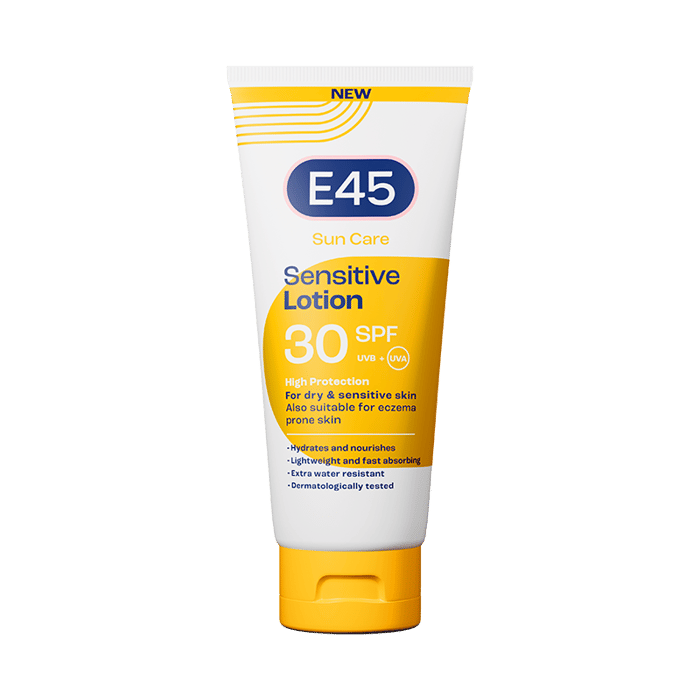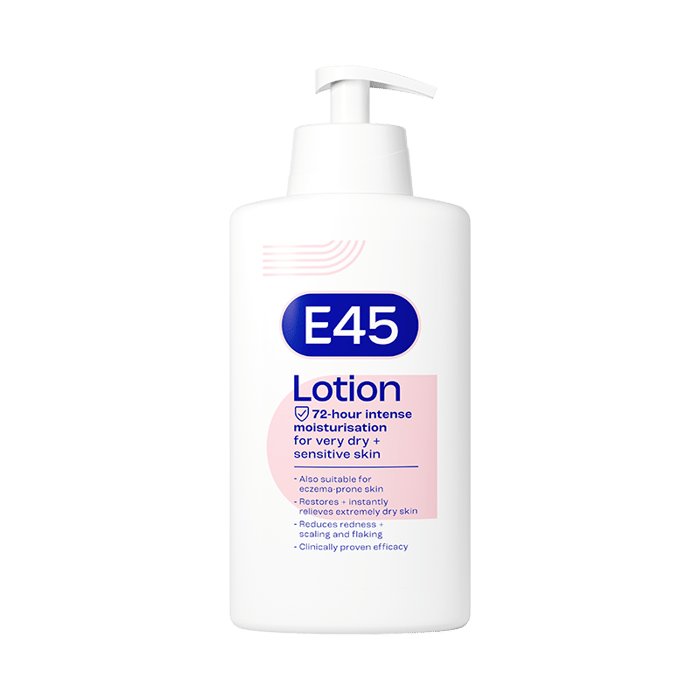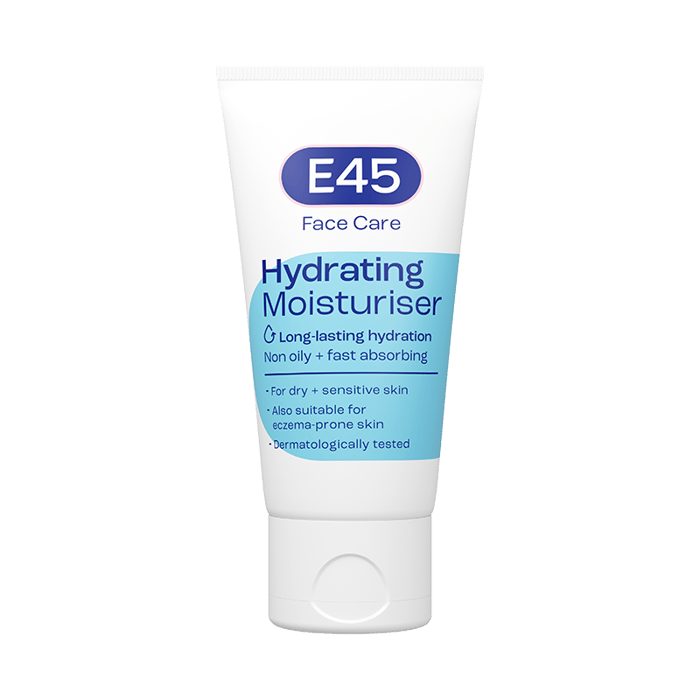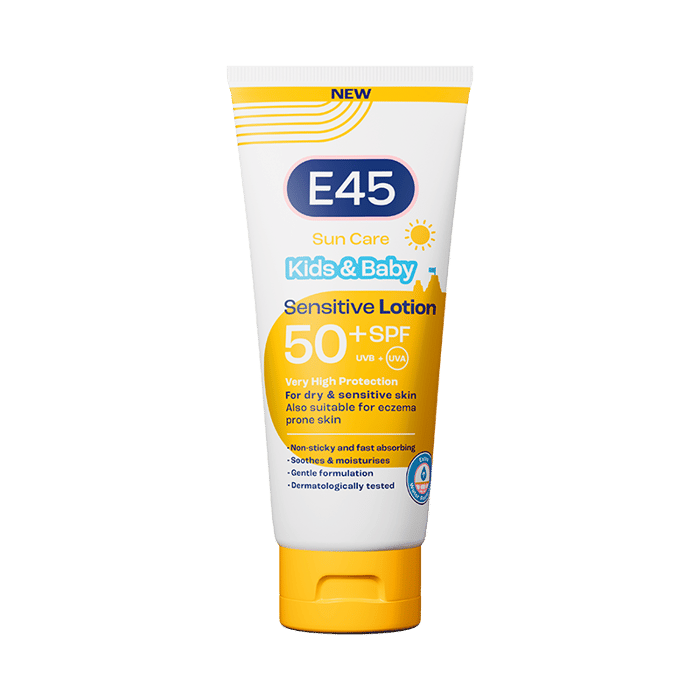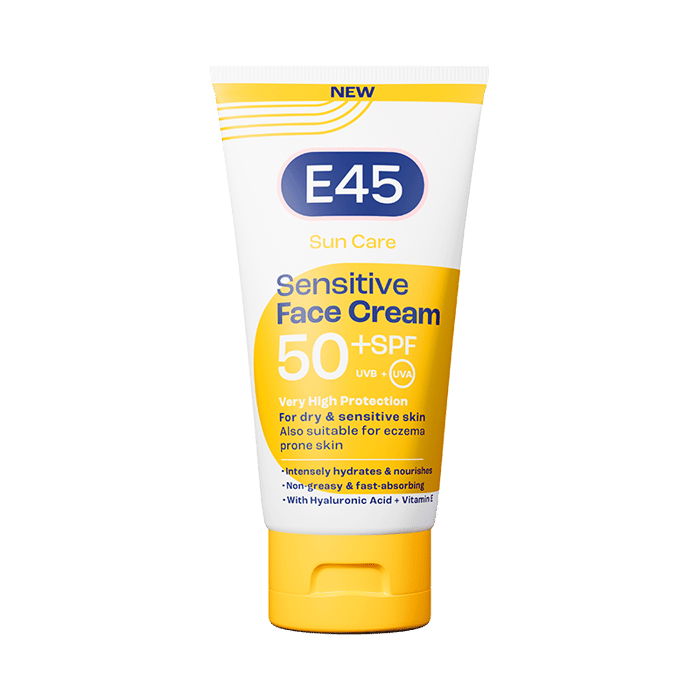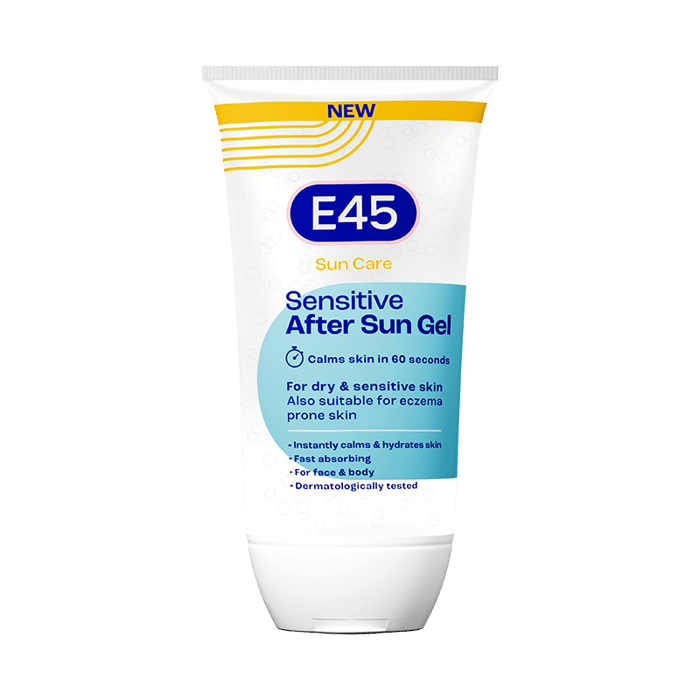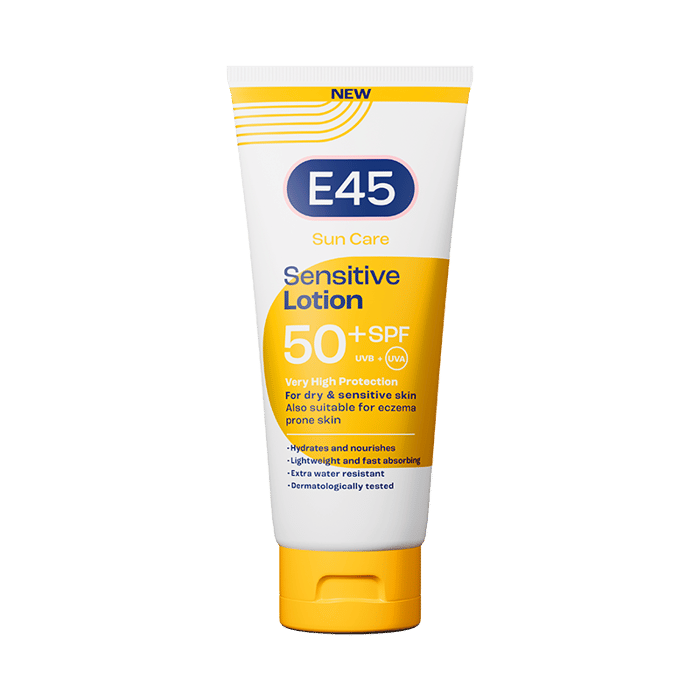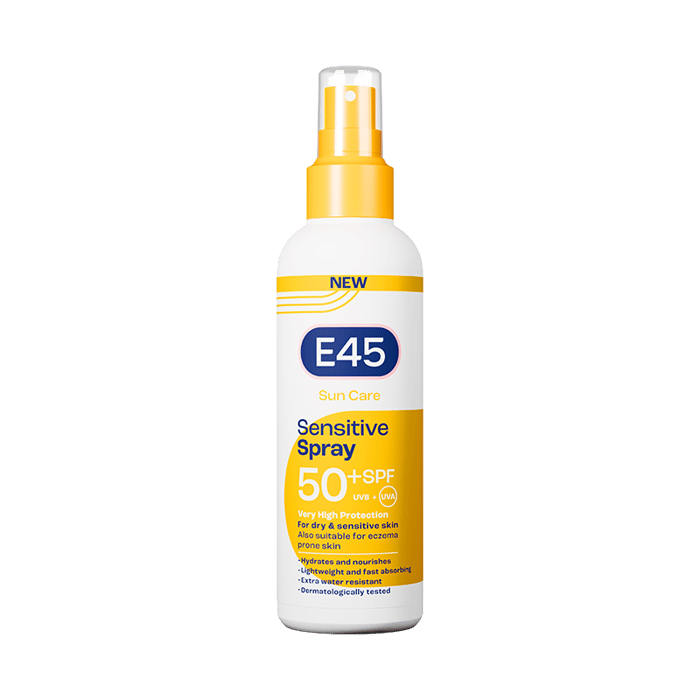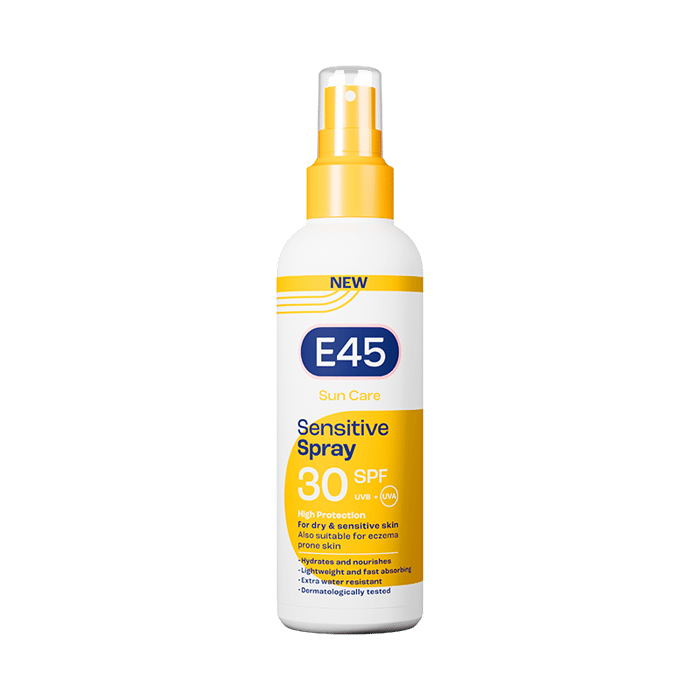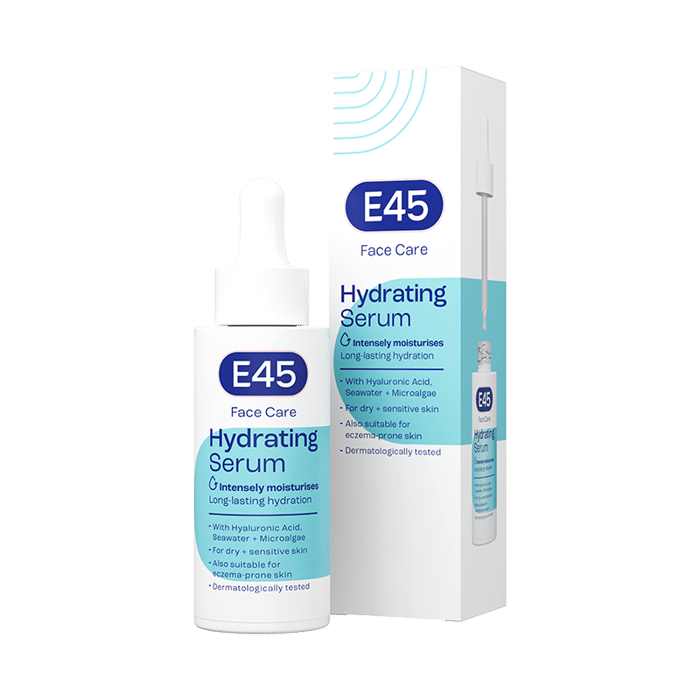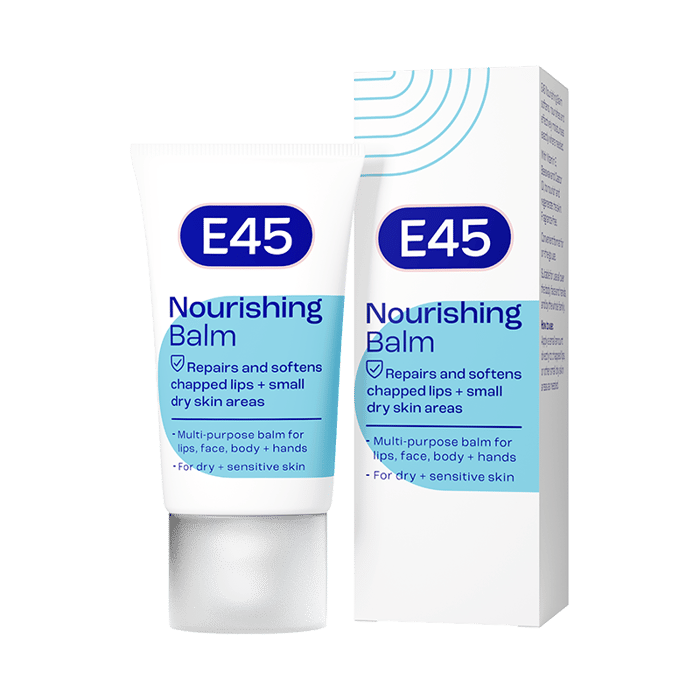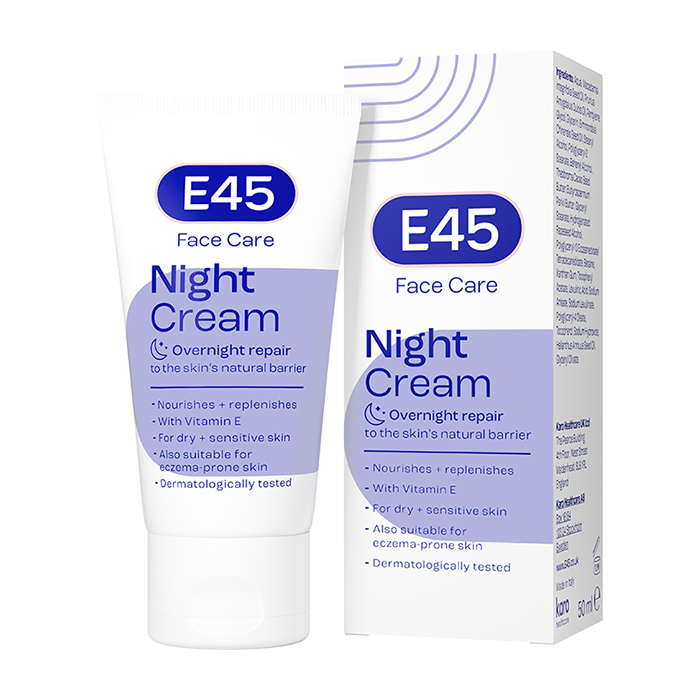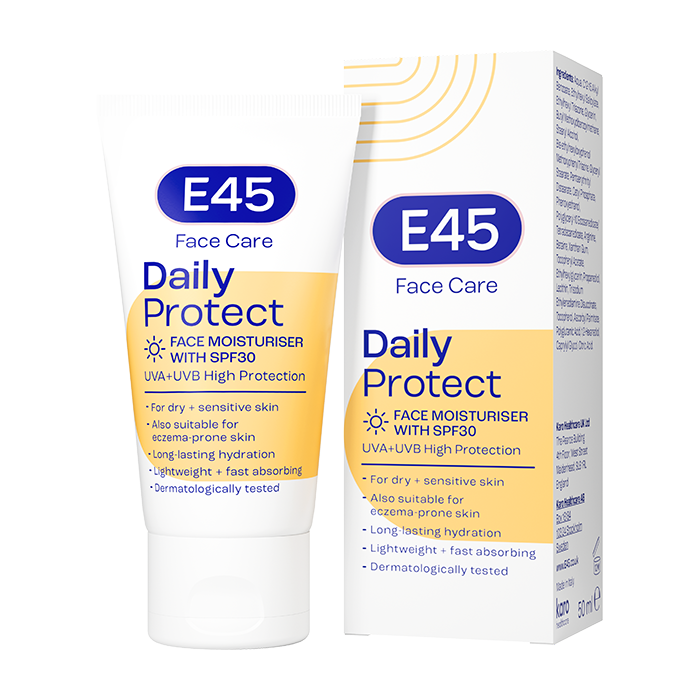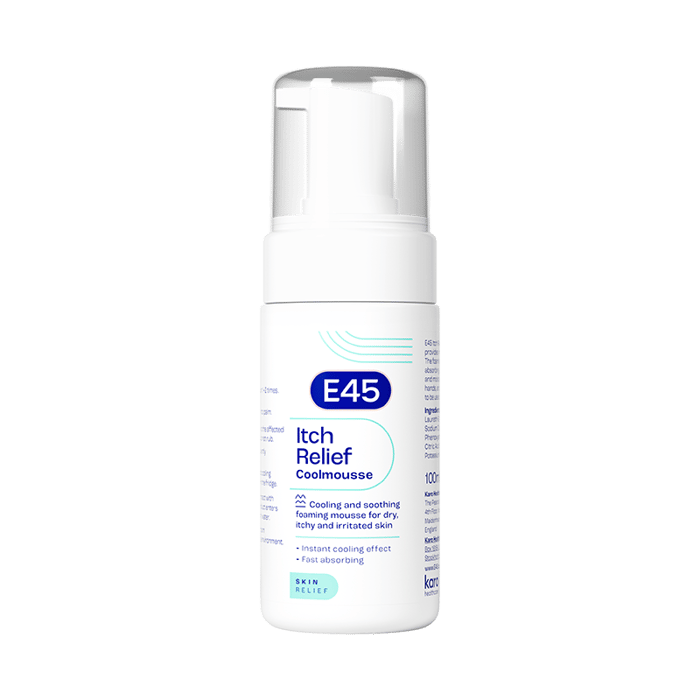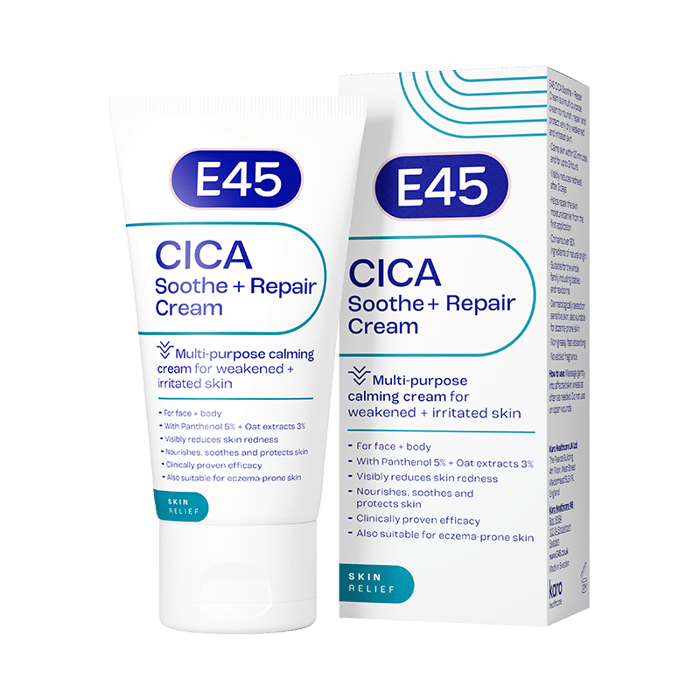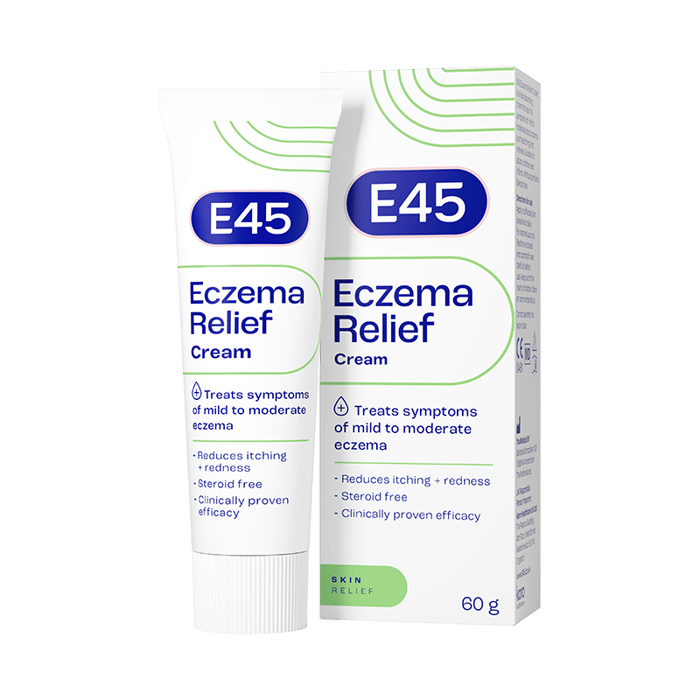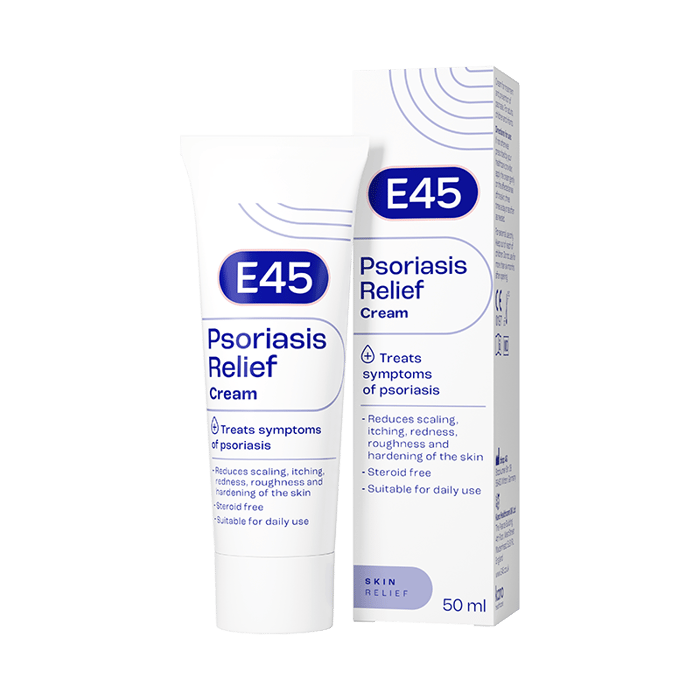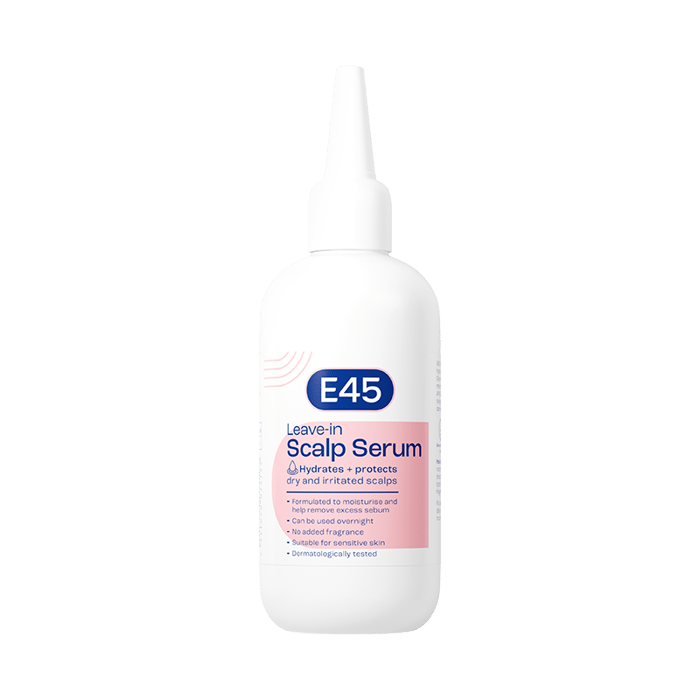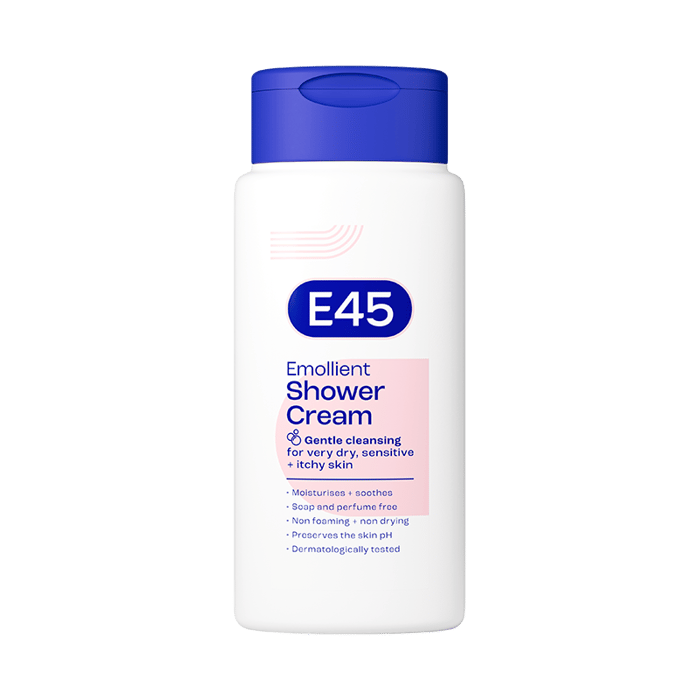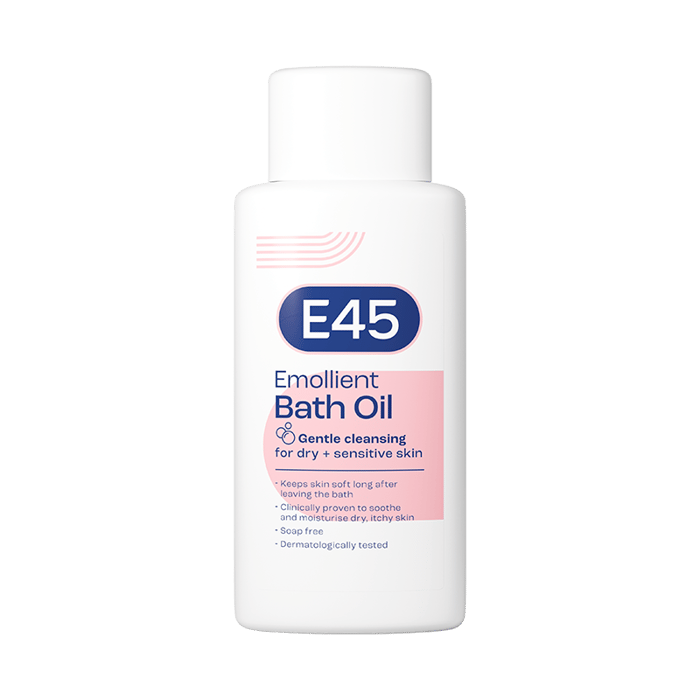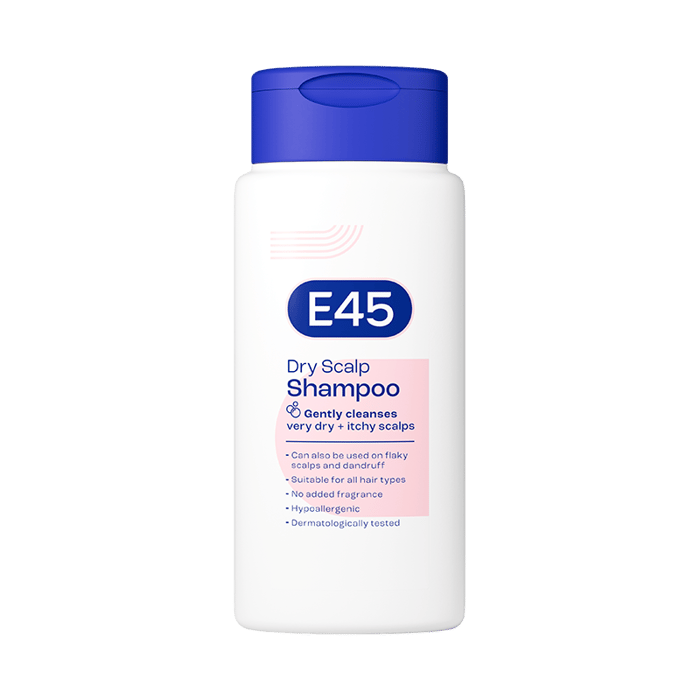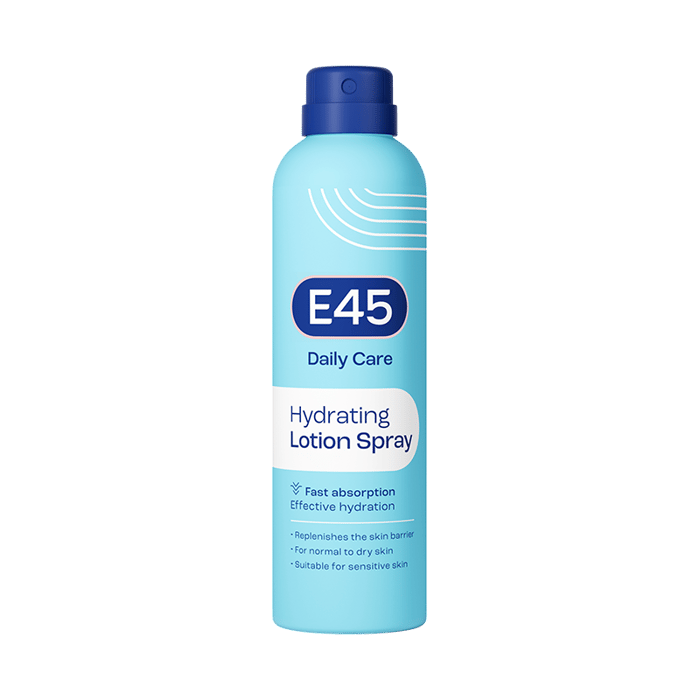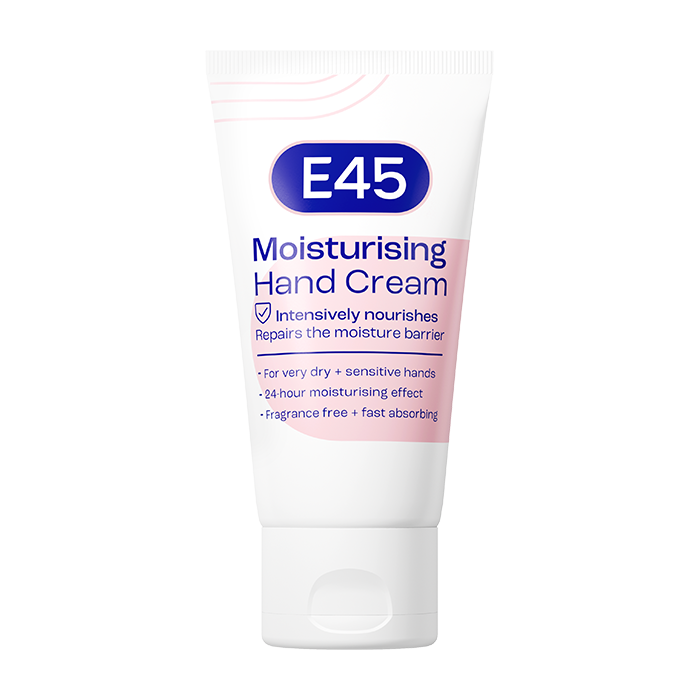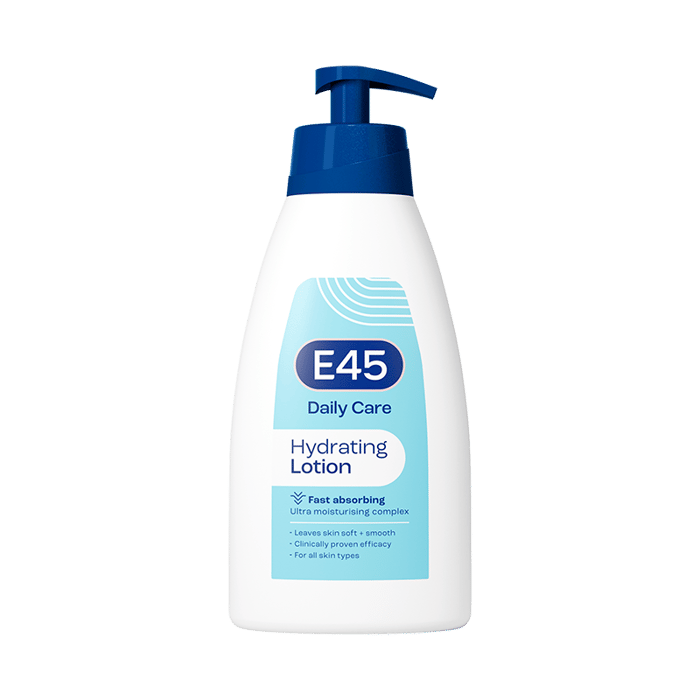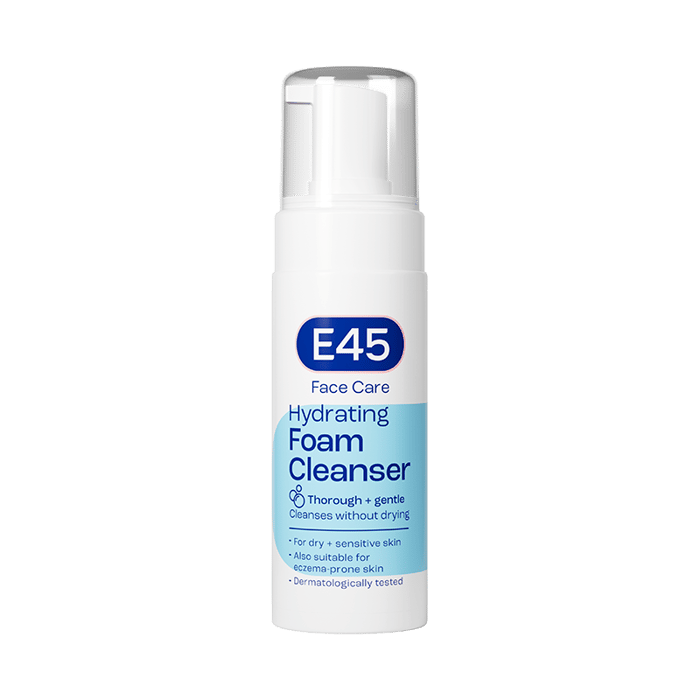Moisturising: A full covering guide
Moisturising is one of the simplest ways to support your skin and keep it feeling soft and comfortable. Whether your skin feels dry, tight, or just needs a little extra care, using a moisturiser regularly can help maintain the skin’s natural balance and protective barrier. This guide explains what moisturising does, how to do it effectively, and which types of products can help.
Table of Contents
- What does a moisturiser do?
- What is a moisturiser vs a lotion?
- How should I use moisturiser day to day?
- How often should you moisturise?
- How to apply moisturiser for best results
- How long does moisturiser take to absorb?
- Should I use moisturiser if my skin is oily or sensitive?
- Common moisturising mistakes to avoid
- When might it help to speak to a healthcare professional?
- Conclusion
- FAQ: moisturising
What does a moisturiser do?
A moisturiser helps to trap water in the skin, improving softness and preventing dryness. It supports the skin’s outer layer, known as the barrier, which protects against environmental factors such as cold air or washing with harsh soaps.
How emollients, humectants and occlusives work together
Most moisturisers include a mix of ingredients that help hydrate and smooth the skin.
- Humectants (like glycerin) draw water into the skin.
- Emollients (such as paraffin or lanolin) smooth rough patches.
- Occlusives form a light film on the surface to lock in moisture.
Everyday benefits you can expect
Regular moisturising can help the skin feel smoother, look brighter, and reduce sensations of tightness or flaking. It also supports the skin’s resilience over time.
What is a moisturiser vs a lotion?
The main difference between a moisturiser and a lotion lies in texture and richness. Moisturisers such as creams and ointments have a higher oil content, which can feel more nourishing. Lotions are lighter and absorb faster, making them suitable for normal or slightly dry skin.
Choosing the right texture for your face and body
If your skin feels particularly dry, a cream like E45 Cream can be helpful for areas such as elbows, knees, and hands, where the skin tends to lose moisture more easily. For daily body care or warmer weather, lighter options like E45 Lotion can provide comfortable hydration without feeling heavy.
When it comes to facial skincare, a non-greasy, fragrance-free moisturiser such as E45 Care Hydrating Moisturiser is often best. During colder months, switching to a richer cream can help protect against dryness, while lighter textures work well in spring and summer when the air is less dry.
How should I use moisturiser day to day?
Cleanse first, then apply on clean, damp skin: Apply moisturiser straight after washing to help seal in moisture. Using it on damp skin helps the ingredients work more effectively.
Use enough product and apply gently: Use enough to cover the area evenly – around a 10p-sized amount for each arm or leg. Smooth it on gently without rubbing too hard.
During the day: Follow with sun protection such as E45 Sun Care Sensitive Lotion SPF 30 to help guard against UV exposure. A hydrating lotion for dry skin can keep the skin comfortable throughout the day without feeling heavy.
At night: Apply a slightly thicker layer or a richer cream before bed to support deeper hydration while you rest.
How often should you moisturise?
Most people benefit from moisturising once or twice a day – after a morning wash and again before bed. Adding it to your daily skin hydration routine helps prevent dryness and keeps the skin comfortable.
Very dry or frequently washed skin: If you wash your hands often or spend time in dry conditions, use a protective cream soon after drying to replace lost moisture.
Face: Hydrate morning and evening, especially if your skin feels dry or tight after cleansing.
Body: Apply moisturiser after bathing or showering to help lock in moisture. Reapply to hands or any exposed areas after washing if they feel dry.
How to apply moisturiser for best results
- Be gentle with your technique
Smooth the moisturiser in light, downward strokes or circular motions. Give it a few minutes to absorb before dressing or applying makeup. - Consider using an emollient as a cleanser
For dry or sensitive skin, an emollient cream can double up as a soap substitute to help reduce irritation. - Layer correctly with other products
If you use medicated creams or leave-on treatments, apply them before your moisturiser unless your healthcare professional suggests otherwise.
How long does moisturiser take to absorb?
Most moisturisers absorb within a few minutes, leaving the skin soft but not greasy. If it feels tacky, you may have used slightly too much.
Richer ointments take longer to sink in but create a protective film, which can be particularly soothing for very dry or rough areas.
Should I use moisturiser if my skin is oily or sensitive?
Even oily skin can benefit from moisturising. A lightweight, fragrance-free lotion can help maintain hydration without clogging pores. For dry or sensitive skin, a richer option may feel more comfortable and protective, particularly on areas prone to flakiness or tightness.
If your skin feels itchy or uncomfortable, E45 Itch Relief Cream helps soothe itch-prone skin while restoring softness.
Common moisturising mistakes to avoid
Rubbing too hard or using very foaming washes
Harsh rubbing or strong foaming cleansers can strip the skin of its natural oils, leading to more dryness.
Using too little product or skipping reapplication
Small amounts can disappear quickly; using enough to create a thin, even layer helps keep skin hydrated.
Relying on SPF in low amounts
If your moisturiser includes SPF, ensure you apply enough and reapply during the day when needed.
When might it help to speak to a healthcare professional?
If your skin becomes persistently dry, itchy, or sore, a pharmacist, nurse, or GP can help identify possible triggers and recommend supportive care. You might be asked about your daily products, washing habits, and any new symptoms.
Conclusion
Regular moisturising can make a noticeable difference to the way your skin looks and feels. By applying the right product for your skin type – whether a lightweight lotion or a richer cream for drier areas – you can help your skin stay comfortable and healthy-looking all year round. All E45 products are dermatologically tested and perfume-free, making them suitable for most skin types and everyday use.
FAQs about moisturising
Can I over-moisturise my skin?
It’s unlikely to harm your skin, but using too much product can make it feel heavy or greasy. A thin, even layer is enough to lock in moisture. If your skin still feels dry, you may need to moisturise more often rather than applying larger amounts each time.
What is the best time to moisturise?
The best time to moisturise is just after washing, when the skin is still slightly damp. This helps your product lock in moisture more effectively and support the skin barrier.
Can I use the same moisturiser on my face and body?
It’s safe to do so, but face moisturisers are usually lighter and designed for more delicate skin. Products like E45 Lotion work well for both face and body if you prefer a simple, fragrance-free option.
Sources
NHS: Acne – Causes
NHS: Acne – Treatment
NHS: Emollients and moisturisers for eczema
NICE Guideline NG198: Acne vulgaris: management (2021, updated 2023)
British Association of Dermatologists: Acne
Primary Care Dermatology Society: Acne vulgaris
Patient.info: Acne
Patient.info: Fungal Folliculitis (Malassezia folliculitis)
British Skin Foundation: Acne
DermNet NZ: Comedonal acne

